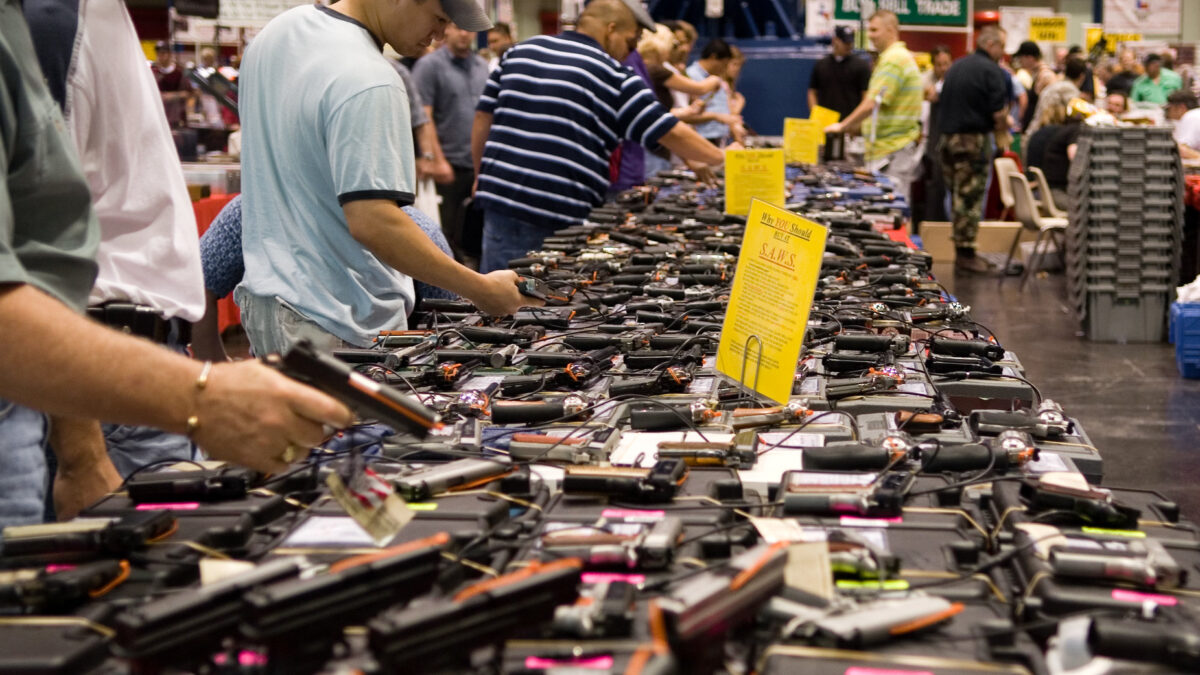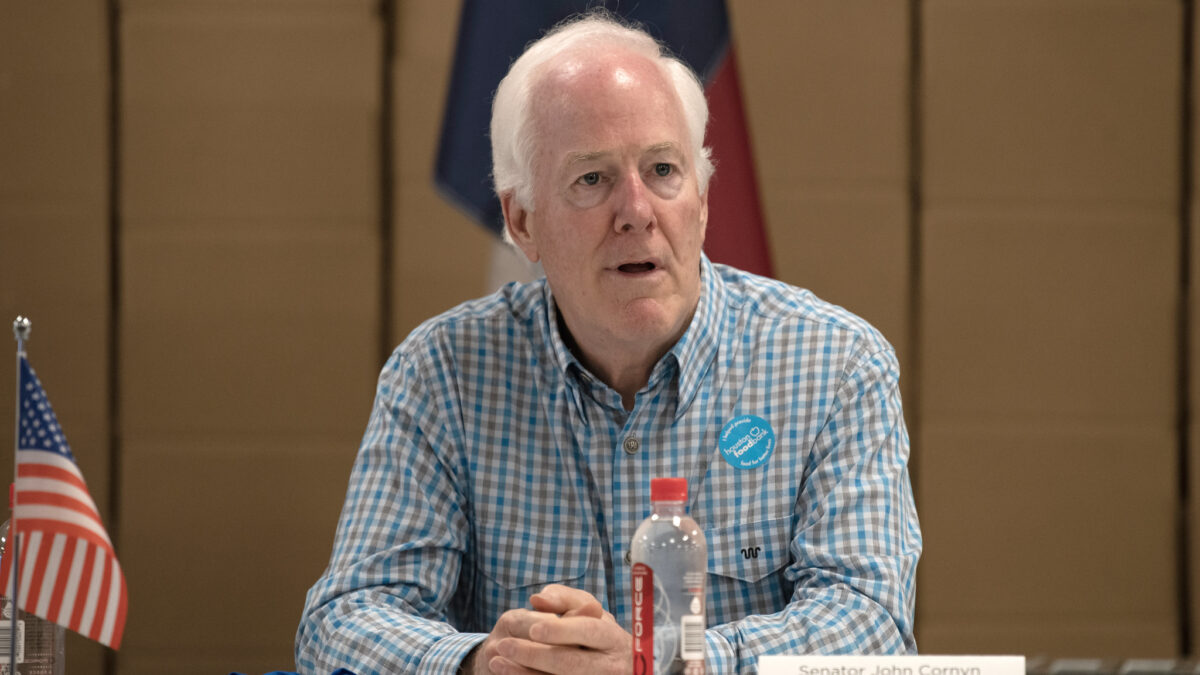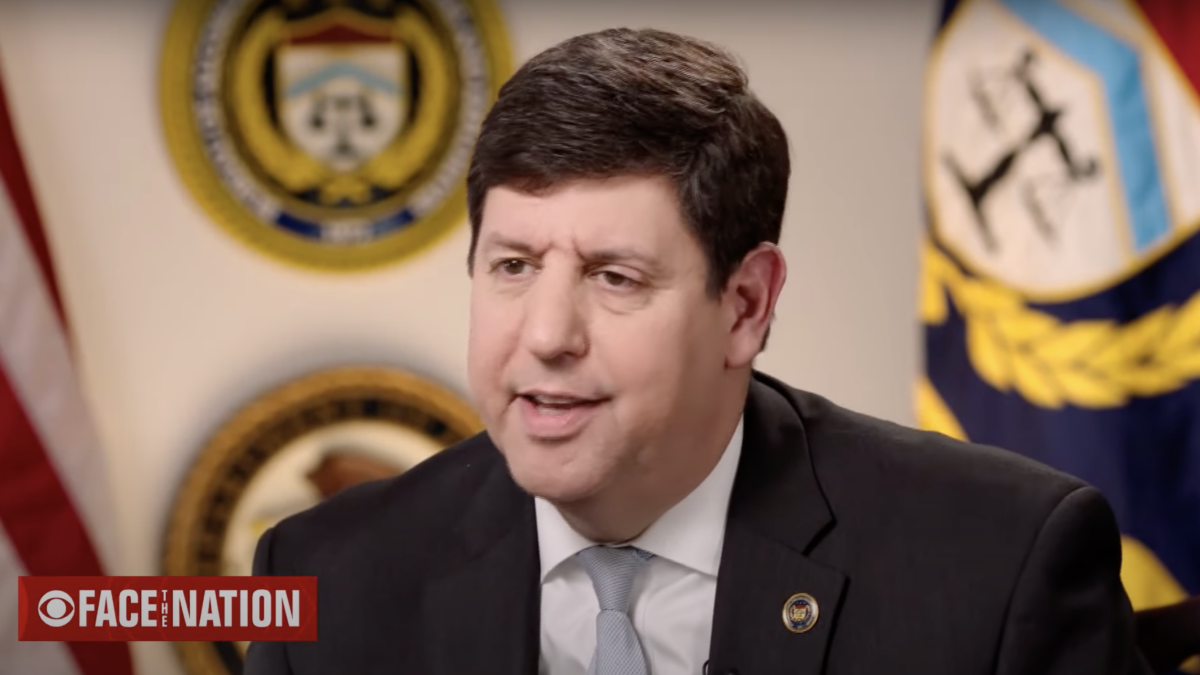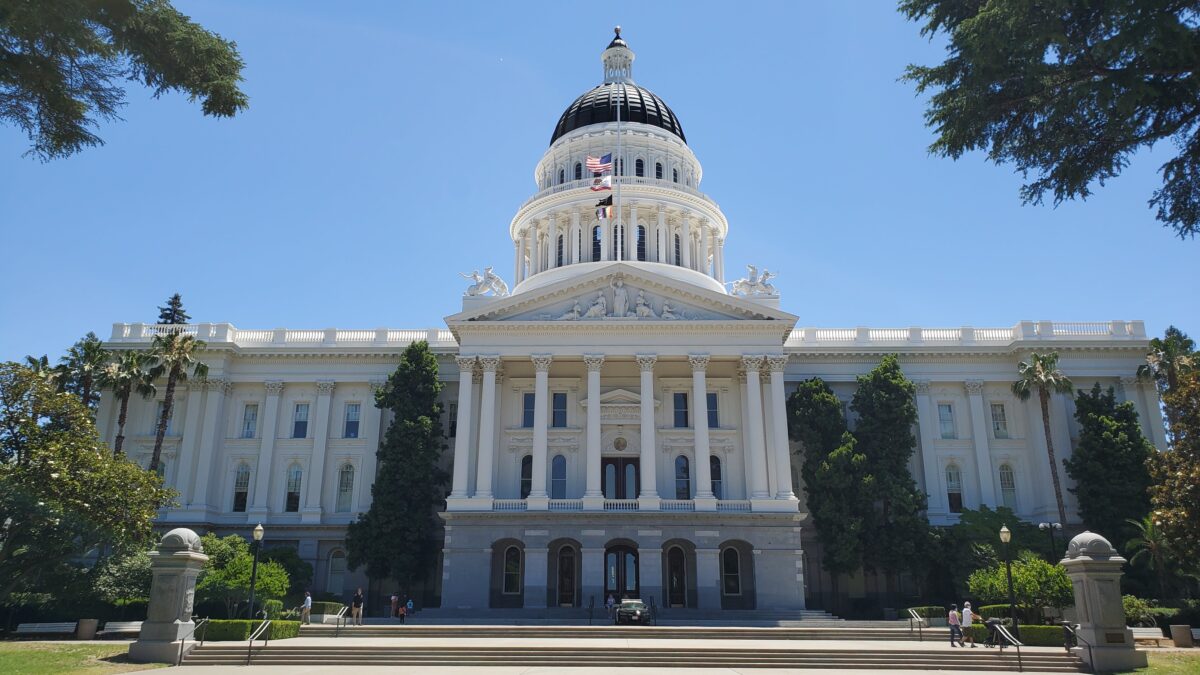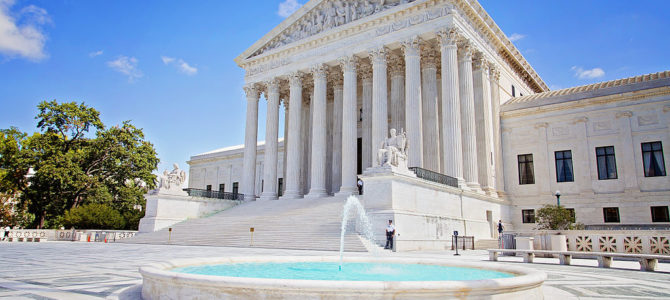
Since the Supreme Court’s Heller v. DC (2008) and McDonald v. Chicago (2010) rulings, gun owners have been waiting for the court to expand on its interpretation of the Second Amendment.
Heller ruled that the Second Amendment protects an individual right of the people to keep and bear arms. McDonald overturned a Chicago public housing ban on firearm ownership and affirmed that the Second Amendment’s promise of “shall not be infringed” applies equally to federal, state, and municipal governments.
However, since those two landmark rulings, the Supreme Court has refused to expand on what the Second Amendment actually protects. Rumor is that both the conservative and liberal wings of the court were unsure of where former justice Anthony Kennedy, whom Kavanaugh replaced, would fall on new gun rights cases. Without knowing how he would vote, neither side apparently wanted to open the door for a case with nationwide implications.
Activist appeals court judges took advantage of the Supreme Court’s inaction and have spent the past decade dismantling Heller’s protections. Heller may have protected a right to own a handgun, but the Ninth Circuit upheld California’s de facto ban on newly manufactured handguns. The Heller decision may have protected firearms in common use, but that didn’t stop the Fourth Circuit from upholding Maryland’s ban on assault weapons. While the Second Amendment might promise protection for the right to bear arms, the Ninth Circuit Court ruled that California’s bans on both concealed and open carry did not violate that right.
But with Justice Brett Kavanaugh, American gun owners know that a majority of Supreme Court justices now support the Heller interpretation of the right to keep and bear arms. Kavanaugh is the Supreme Court justice gun owners have been waiting for.
Fundamentally, that means Americans have a right to keep and bear bearable arms, meaning arms that can be carried on someone’s person. That includes handguns, rifles, and shotguns. While it is often forgotten, gun control advocates came one vote away from a Supreme Court ruling dictating that Americans have no right to own guns at all.
Beyond that, Kavanaugh’s addition to the court opens new possibilities for nationwide rulings on issues like gun registration requirements, assault weapon bans, and concealed carry bans. When Dick Heller brought a second suit in 2010 against the District of Columbia’s assault weapon ban and registration requirements, as a judge on that court Kavanaugh dissented with the panel and wrote a logical dissent challenging the constitutionality of the District’s statutes.
In Heller, the Supreme Court held that handguns – the vast majority of which today are semi-automatic – are constitutionally protected because they have not traditionally been banned and are in common use by law-abiding citizens. There is no meaningful or persuasive constitutional distinction between semi-automatic handguns and semiautomatic rifles. Semi-automatic rifles, like semi-automatic handguns, have not traditionally been banned and are in common use by law-abiding citizens for self-defense in the home, hunting, and other lawful uses. Moreover, semiautomatic handguns are used in connection with violent crimes far more than semi-automatic rifles are. It follows from Heller’s protection of semi-automatic handguns that semi-automatic rifles are also constitutionally protected and that D.C.’s ban on them is unconstitutional.
This is important because every circuit court that has heard challenges to state-level assault weapon bans, and their registration requirements, has upheld their legality and constitutionality. Kavanaugh will be the first Supreme Court justice ever to opine that the Second Amendment protects the ownership of so-called assault weapons.
Kavanaugh reached this decision by finding that semi-automatic rifles and shotguns are “in common use” and have not historically been banned. His dissent specifically cites the history of semi-automatic rifle ownership dating all the way back to the early 1900s. But one sentence goes farther than any other appeals court judge has been willing to go: “Semi-automatic rifles are commonly used for self-defense in the home, hunting, target shooting, and competitions,” Kavanaugh wrote.
Here, Kavanaugh not only cited the common ownership, but also the utility of these weapons as self-defense firearms. Instead of attacking the statutes themselves and their focus on accessories and attachments, such as flash hiders or pistol grips, Kavanaugh unapologetically affirms the constitutionality of the semi-automatic action itself.
When Washington D.C.’s concealed carry ban was challenged, a panel for the D.C. Circuit Court of Appeals ruled that the complete refusal to issue concealed carry permits to the public was unconstitutional. At the time, D.C.’s statute said applicants must prove they had a “good fear of injury.” In reality, this standard was impossible to meet. No matter what someone said, the local police refused to approve the applications.
A three-judge panel overturned the statute and the D.C. attorney general appealed for an en banc ruling (where all the circuit’s judges weigh in). Kavanaugh voted to reject the en banc appeal, signaling he supports that concealed carry is a constitutional right.
Justice Clarence Thomas has been begging the Supreme Court to take up the issue of concealed carry, even going so far as to accuse his colleagues of relegating the Second Amendment to a second-class right. When the Supreme Court rejected a challenge to California’s concealed carry ban this past year, Thomas wrote in his dissent that “as evidenced by our continued inaction in this area, the Second Amendment is a disfavored right in this court.”
With Justice Brett Kavanaugh on the bench, that is going to change.


